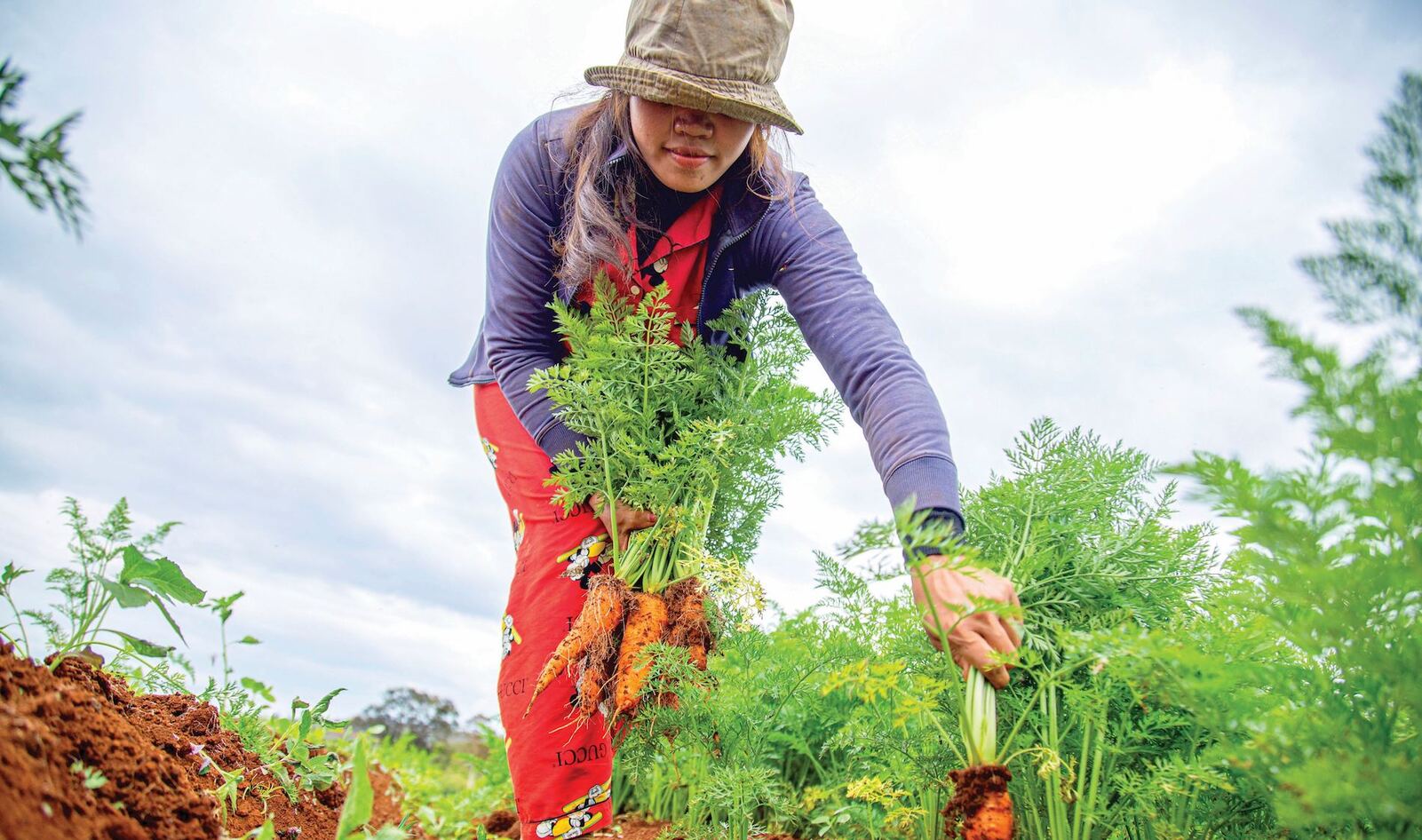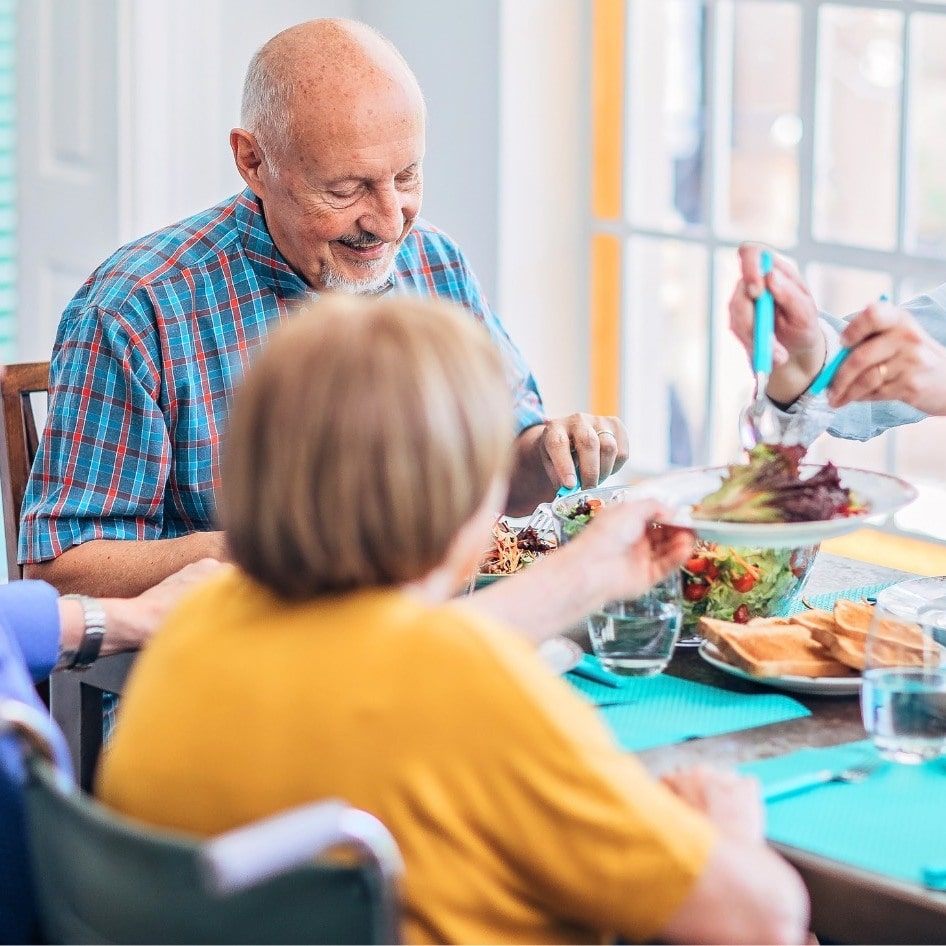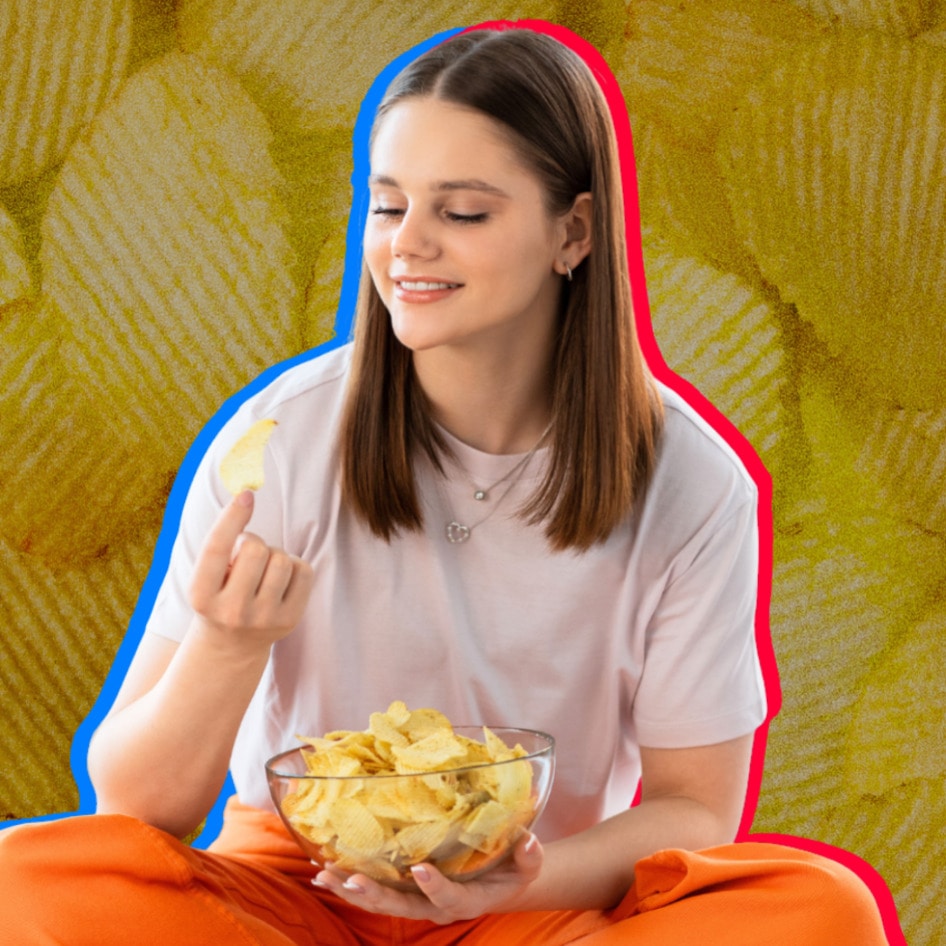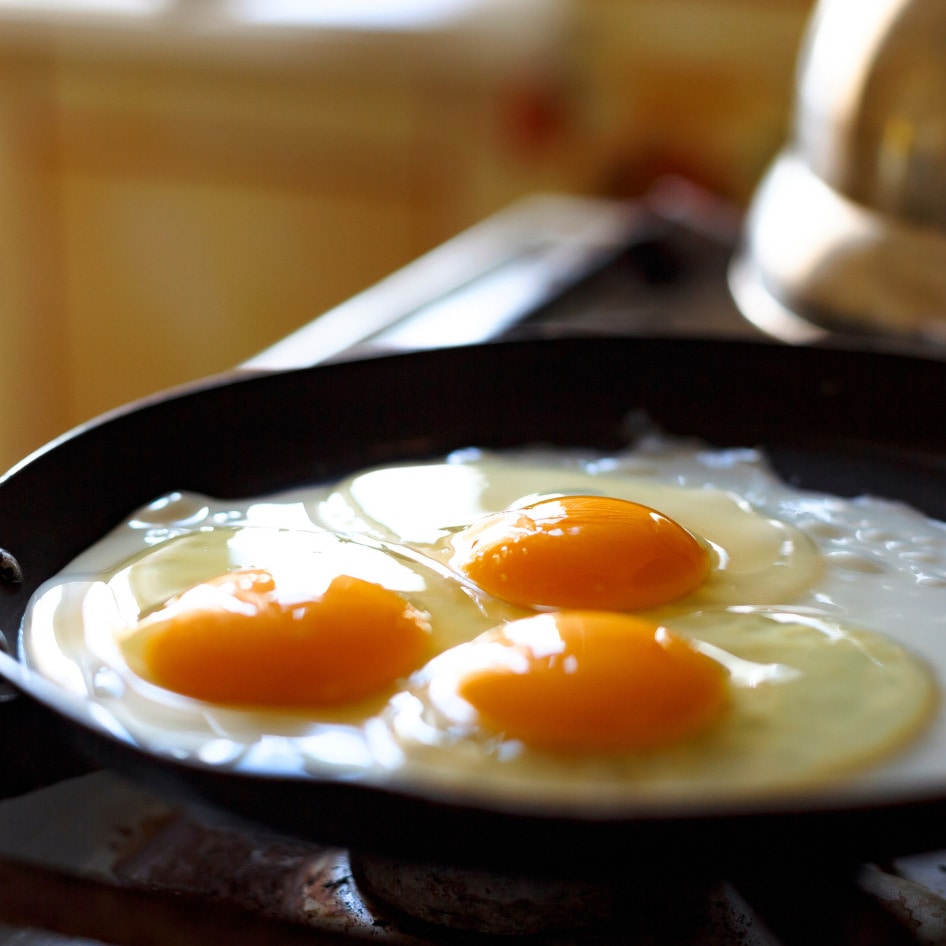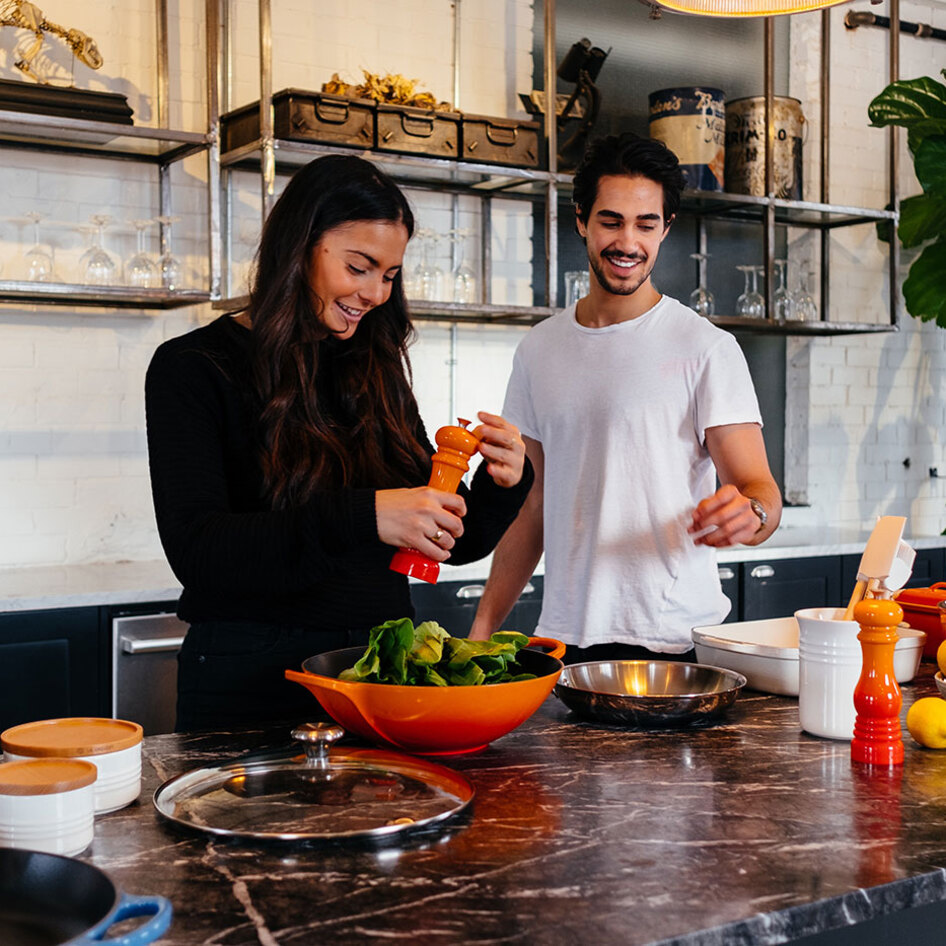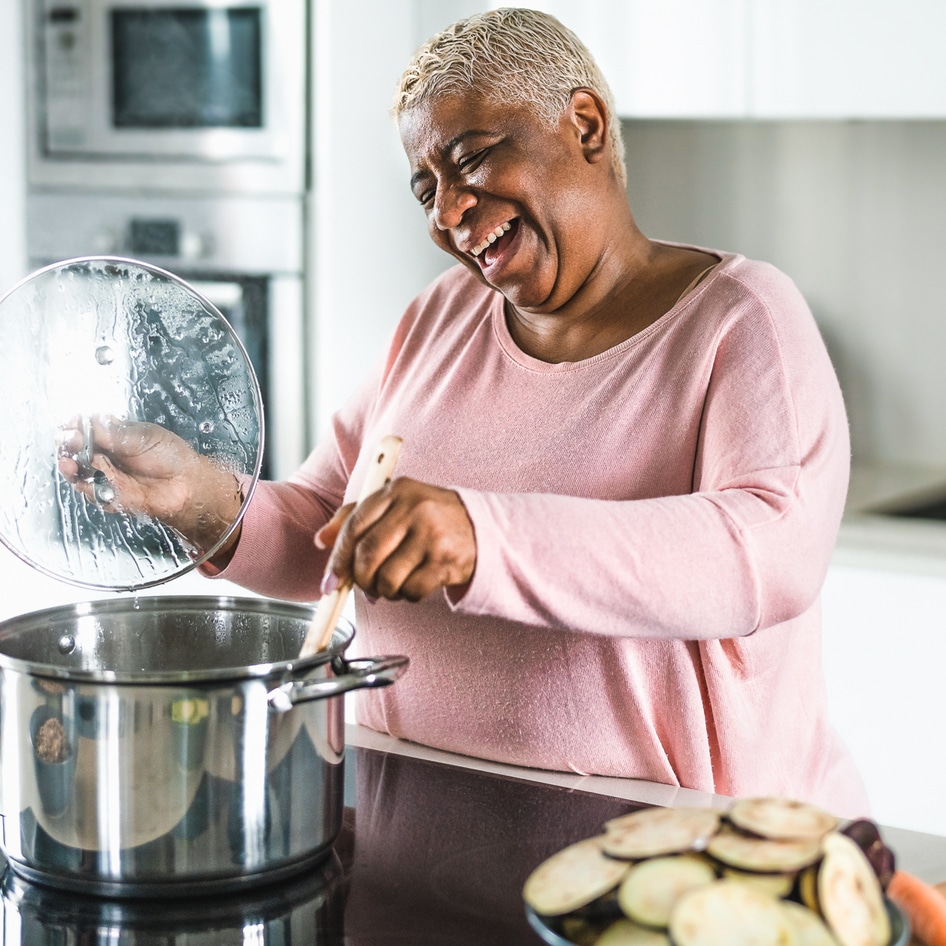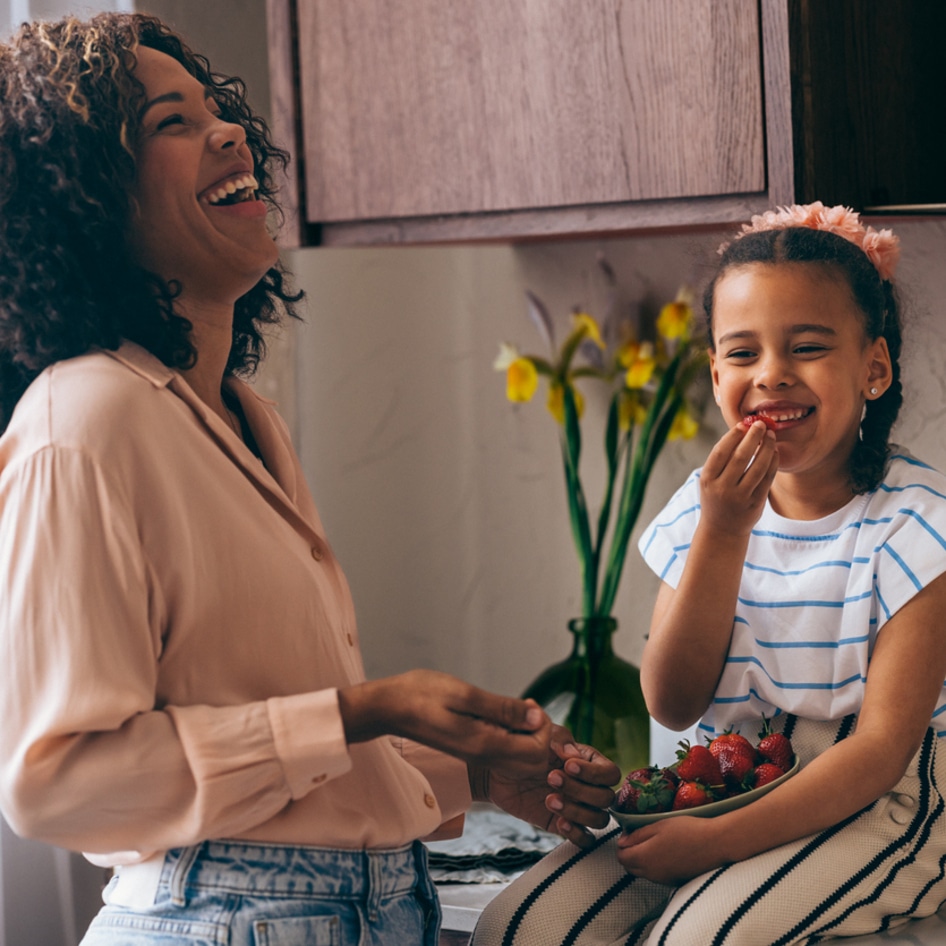“Eat food. Not too much. Mostly plants.”
When writer Michael Pollan first strung those seven words together in his 2008 book In Defense of Food, they felt almost too simple to be serious. In a nation obsessed with diet codes, fad cleanses, and miracle cures, he wasn’t promising transformation, thinness, or longevity. He didn’t traffic in numbers or buzzwords, he didn’t cite the glycemic index. He merely suggested that we pay attention to what we put in our bodies.
Nearly twenty years on, the phrase has aged with eerie precision. With our food system increasingly defined by ultra-processed convenience and celebrity smoothies, Pollan’s minimalist mantra feels more prescient than ever. And the science has caught up with his maxim.
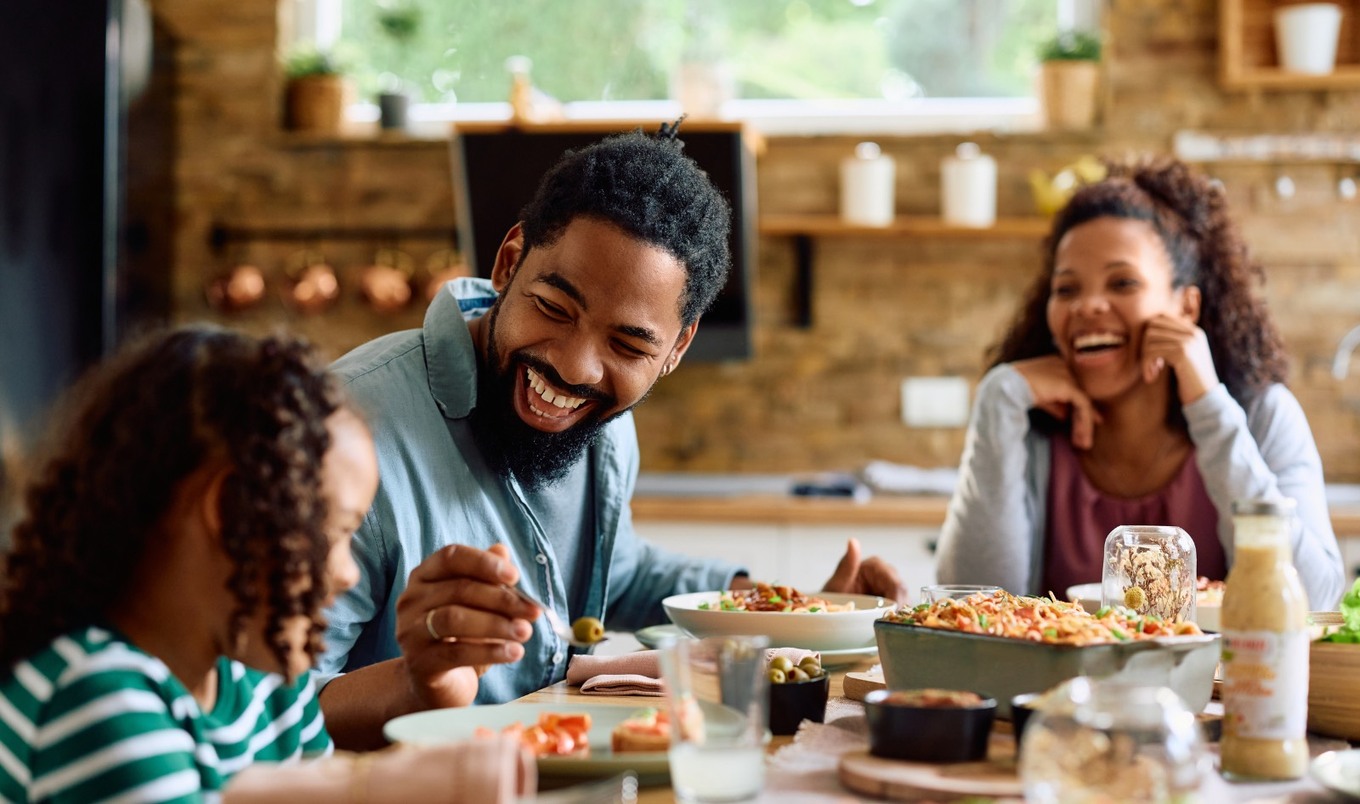 Canva
Canva
Research continues to find links between the consumption of ultra-processed food (UPF) and a higher risk of life-limiting illnesses like cardiovascular disease and cancer. UPFs have also been linked with cognitive decline. According to the NOVA food classification system, now used by researchers and public health institutions globally, more than half of the average American diet comes from foods considered ultra-processed—some research puts that number as high as 80 percent.
These are not merely foods in packages, but compositions of refined starches, colorants, industrial oils, protein isolates, and artificial flavors. As Pollan put it, “Much of what we’re consuming today isn’t food, and how we’re consuming it—in the car, in front of the TV, and increasingly alone—is not really eating.”
Which is perhaps why his words still ring with such insistence.
Pollan wasn’t out to radicalize followers; he wasn’t selling us cure-all supplements or fancy meal plans. Quite the opposite; he was clarifying what had already long existed in communities often ignored by mainstream food media.
In the Blue Zones—Loma Linda, CA; Okinawa, Japan; Sardinia, Italy; Ikaria, Greece; and Nicoya, Costa Rica—plant-forward eating is not a trend but a way of life. Residents in these regions live the longest, healthiest lives on earth. Their diets? Heavy on beans, fruits, vegetables, nuts, and whole grains, with meat used sparingly if at all.
The Mediterranean diet, which has topped the US News & World Report list of best overall diets for eight years running, reflects these values. It is not just about fresh food, but also about slowing down, eating with others, and treating meals as rituals. Studies continue to show its benefits: reduced risks of cardiovascular disease, certain cancers, and even Alzheimer’s.
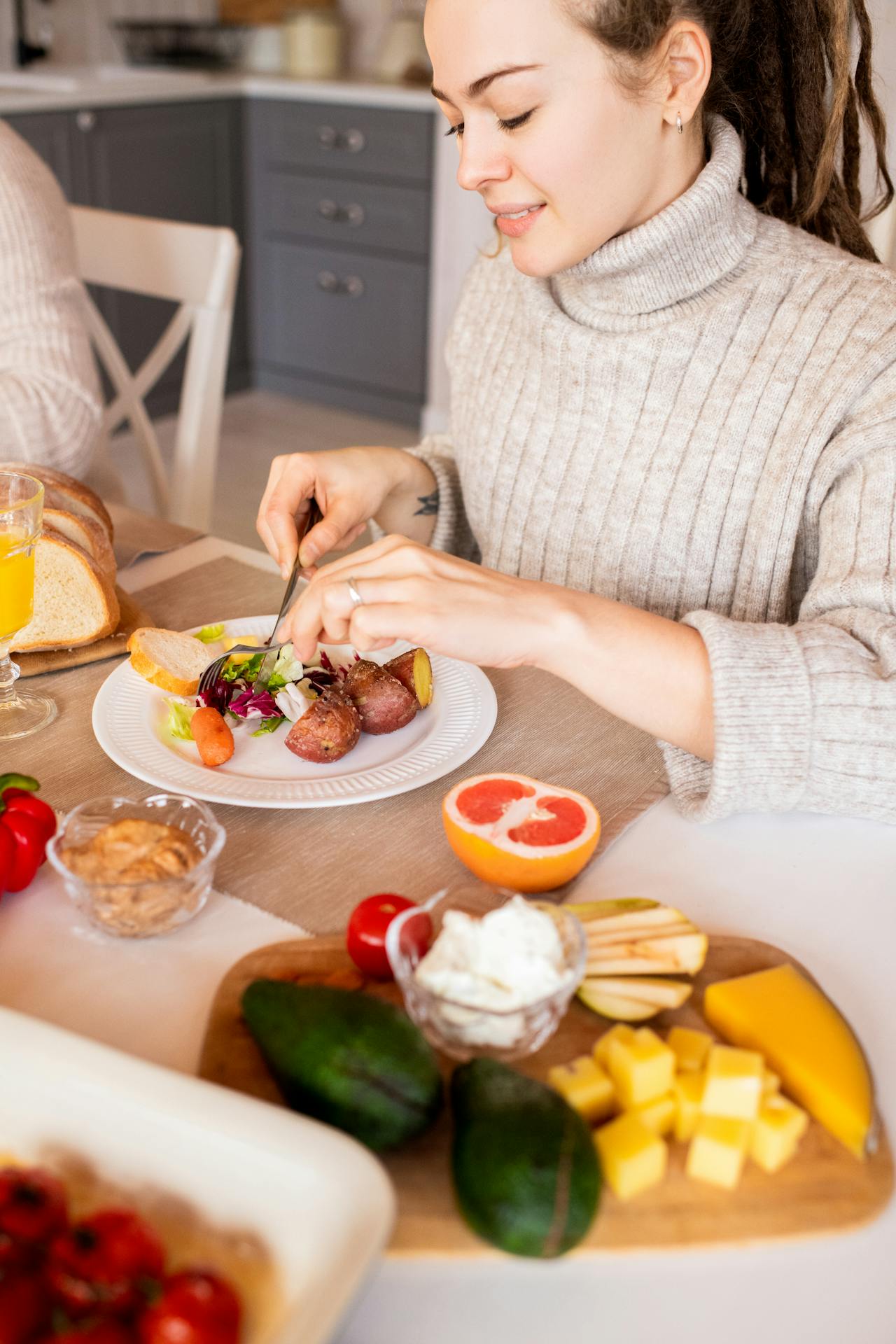
Like those simple diets, there’s nothing flashy about Pollan’s phrasing—that’s the point. The strength of those seven words lies in what they strip away. What they leave behind, instead, is something to return to.
“Eat food.” Whole foods, the kind your grandmother would recognize. A phrase Pollan often repeated, emphasizing that most of what lines modern supermarket shelves wouldn’t pass that litmus test. Food, he argued, has become a fortified forest of nutrient delivery systems instead of whole, intact, and rooted in soil.
“Not too much.” In a culture of excess, that phrase resists the pull of abundance for its own sake. It aligns with research showing that moderate caloric intake—even occasional restriction—is often healthier than the alternative. It echoes traditions in Okinawa, where elders follow the practice of hara hachi bu—eating until just 80 percent full.
BECOME A VEGNEWS VIP: Get exclusive product deals, freebies, and perks galore!
“Mostly plants.” This is not a command to go vegan—Pollan is not—but a gentle nudge toward balance. Plants have fiber, phytonutrients, antioxidants. But beyond the biochemistry, a plant-centered plate lowers greenhouse gas emissions, reduces land degradation, and preserves biodiversity.
According to the United Nations Environment Program, shifting toward more plant-based diets could reduce individual food-related greenhouse gas emissions by more than 2 tons per year—the equivalent of reducing 10,000 gas-powered car miles.
Pollan knew that food was never just food. It was agriculture. It was politics. It was identity. In his 2006 book The Omnivore’s Dilemma, he wrote, “the way we eat represents our most profound engagement with the natural world.” And now, as we hurtle toward synthetic everything, the idea of simple eating feels nearly transgressive. It isn’t always possible, but it should always be the goal. Pollan’s point was never to moralize, but to mute some of the noise and marketing around nutrition as a brand.
Perhaps that’s why those words endure.
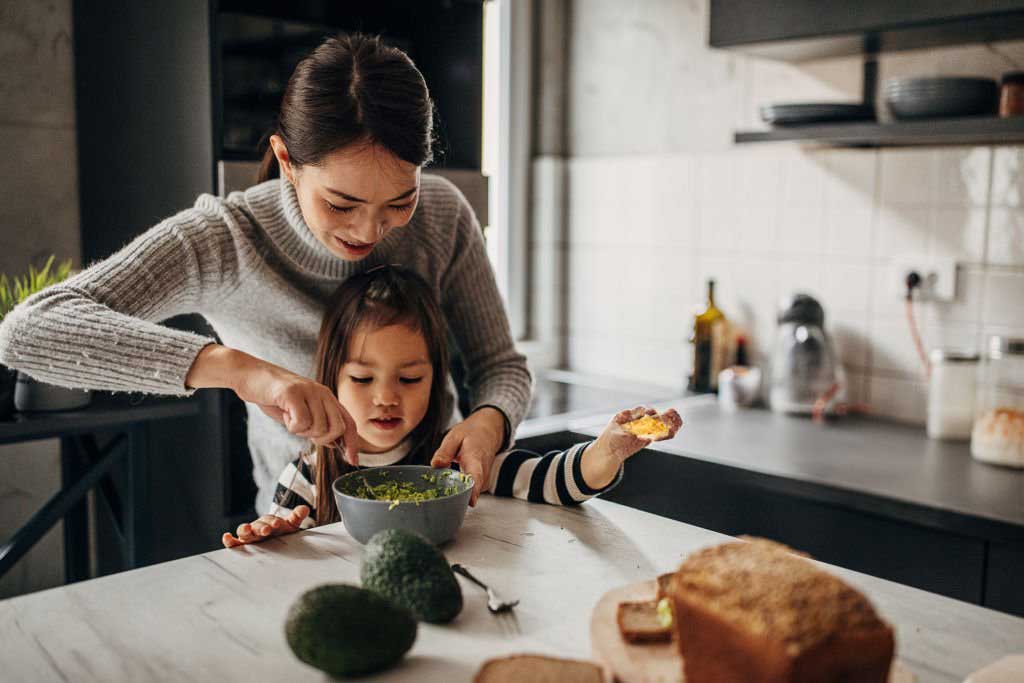 Getty
Getty
There is, of course, the tension of privilege within these conversations. To be able to “eat food”—unprocessed, whole, seasonal—requires access. It requires time, money, transportation, and education. Pollan has addressed this before, noting that food reform must be coupled with broader systemic changes. Subsidies still overwhelmingly support commodity crops, not fresh produce. Fast food remains far more affordable, calorically dense, and geographically ubiquitous than farmers’ markets.
Still, change begins in small shifts: a few more greens on the plate or a shared meal cooked at home exemplifying nutrition as ritual, handed down through generations and treasured as family history.
And, as food tech continues to take up more space, as it evolves our nutrition, we’ll need Pollan’s simplicity as a north star more than ever. “Mostly plants” may one day also apply to engineered legumes or AI-optimized algae blends, but regardless of what the future brings, we do well to remember where our food comes from. We do well to eat in a way that connects us to ourselves, to others, and to the planet.
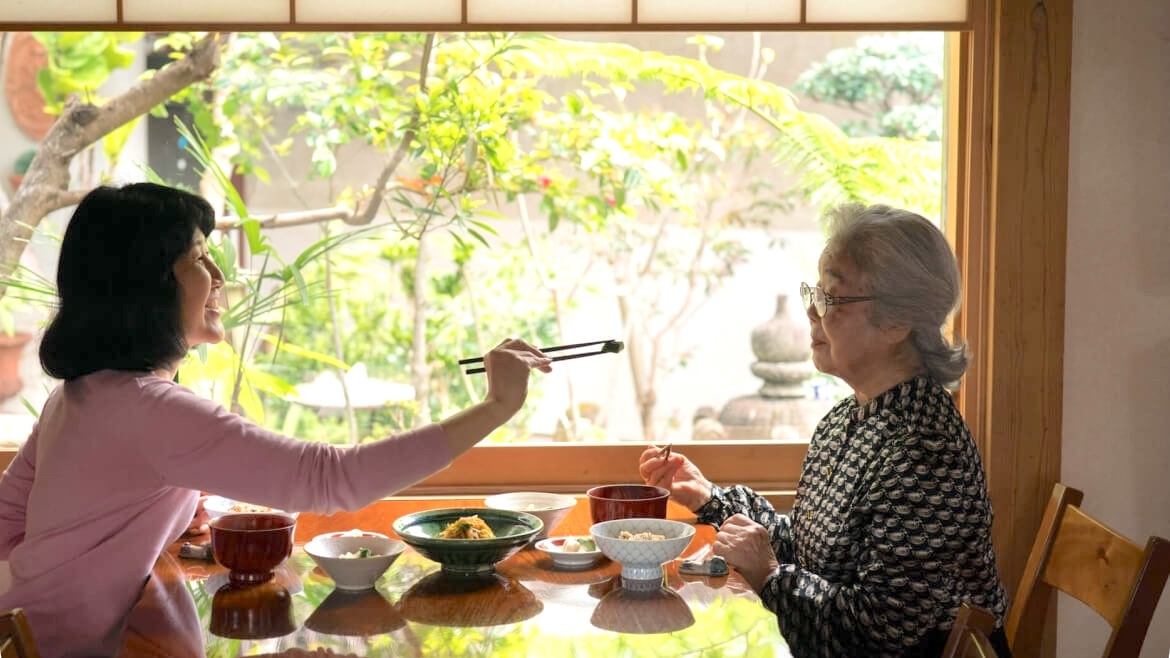 Blue Zones
Blue Zones
“Eat food. Not too much. Mostly plants.”
It feels less like advice now and more like a gesture, as if a handwritten note from a loving parent—steady, familiar, and resistant to a culture that has made eating far more complicated, more rushed, and more isolating than it was ever supposed to be. It’s a reminder that sometimes the simplest instructions are the ones that matter most.
For more plant-based stories like this, read:
JUMP TO ... Latest News | Recipes | Guides | Health | Subscribe

